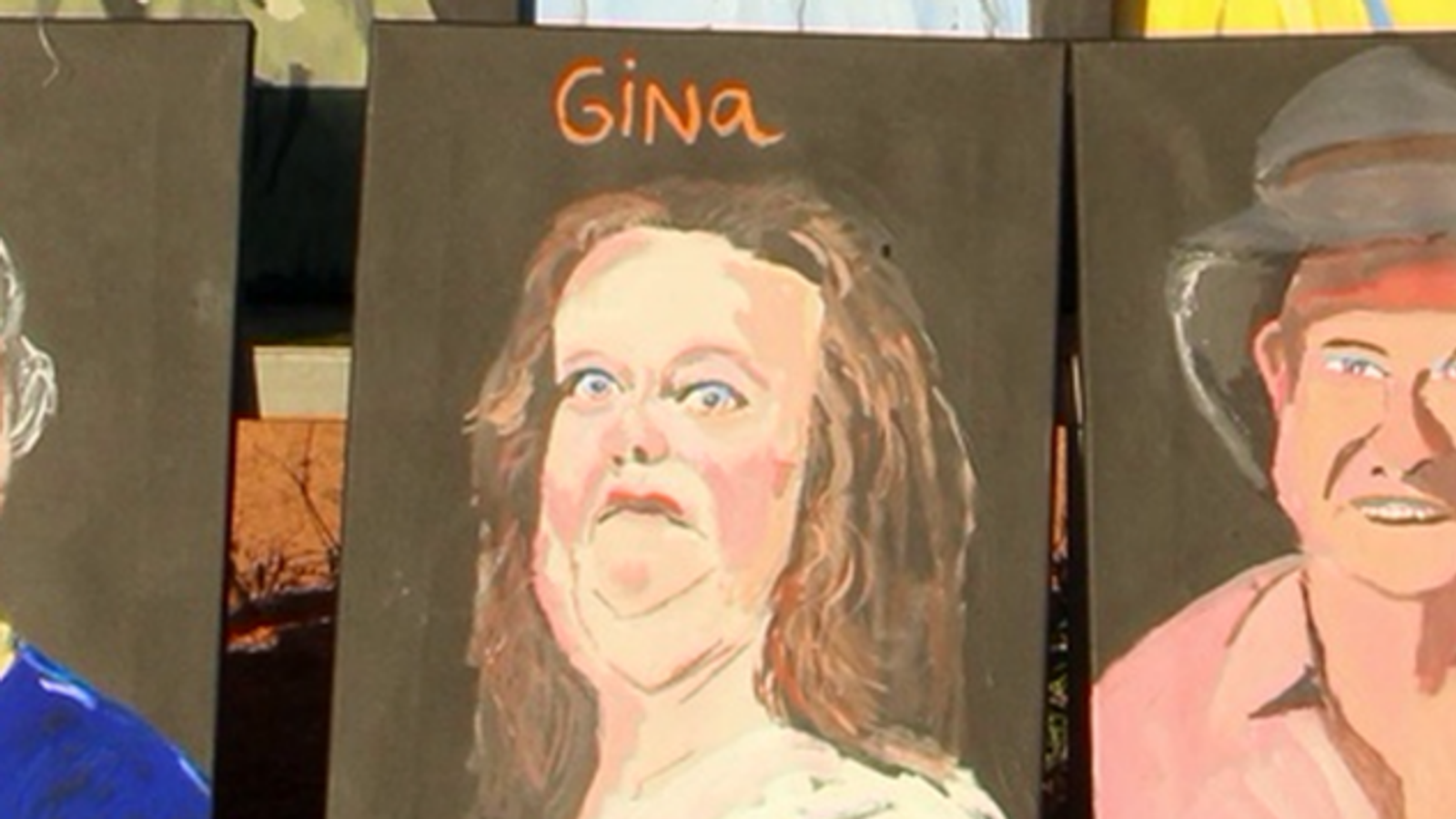The National Portrait Gallery in Australia is facing mounting pressure to remove a controversial portrait of mining billionaire Gina Rinehart, with critics arguing that the painting is unflattering and does not accurately represent the controversial figure.
The portrait, painted by artist Charles Blackman in 1990, depicts Rinehart with a stern expression and a dark background, which some have described as “sinister” and “unflattering.” Rinehart, who is one of the richest women in the world and has faced criticism for her business practices and conservative views, has reportedly expressed her displeasure with the painting in the past.
The National Portrait Gallery has defended its decision to display the portrait, stating that it is an important part of the gallery’s collection and represents a significant figure in Australian history. However, critics argue that the painting does not accurately capture Rinehart’s true character and should be removed from public view.
The controversy surrounding the portrait has sparked a debate about the role of art in representing public figures, with some arguing that artists have a responsibility to portray their subjects in a fair and accurate light. Others believe that artists should have the freedom to interpret their subjects as they see fit, even if it results in unflattering portrayals.
The National Portrait Gallery has not yet made a decision on whether to remove the painting, but the growing pressure from critics and the public may force the gallery to reconsider its stance. In the meantime, the portrait continues to be a topic of discussion and debate among art enthusiasts and the general public.
It remains to be seen how the National Portrait Gallery will ultimately handle the situation, but one thing is clear: the controversy surrounding Gina Rinehart’s portrait is unlikely to die down anytime soon. Whether the painting stays or goes, it has certainly sparked a conversation about the intersection of art, politics, and public perception.
